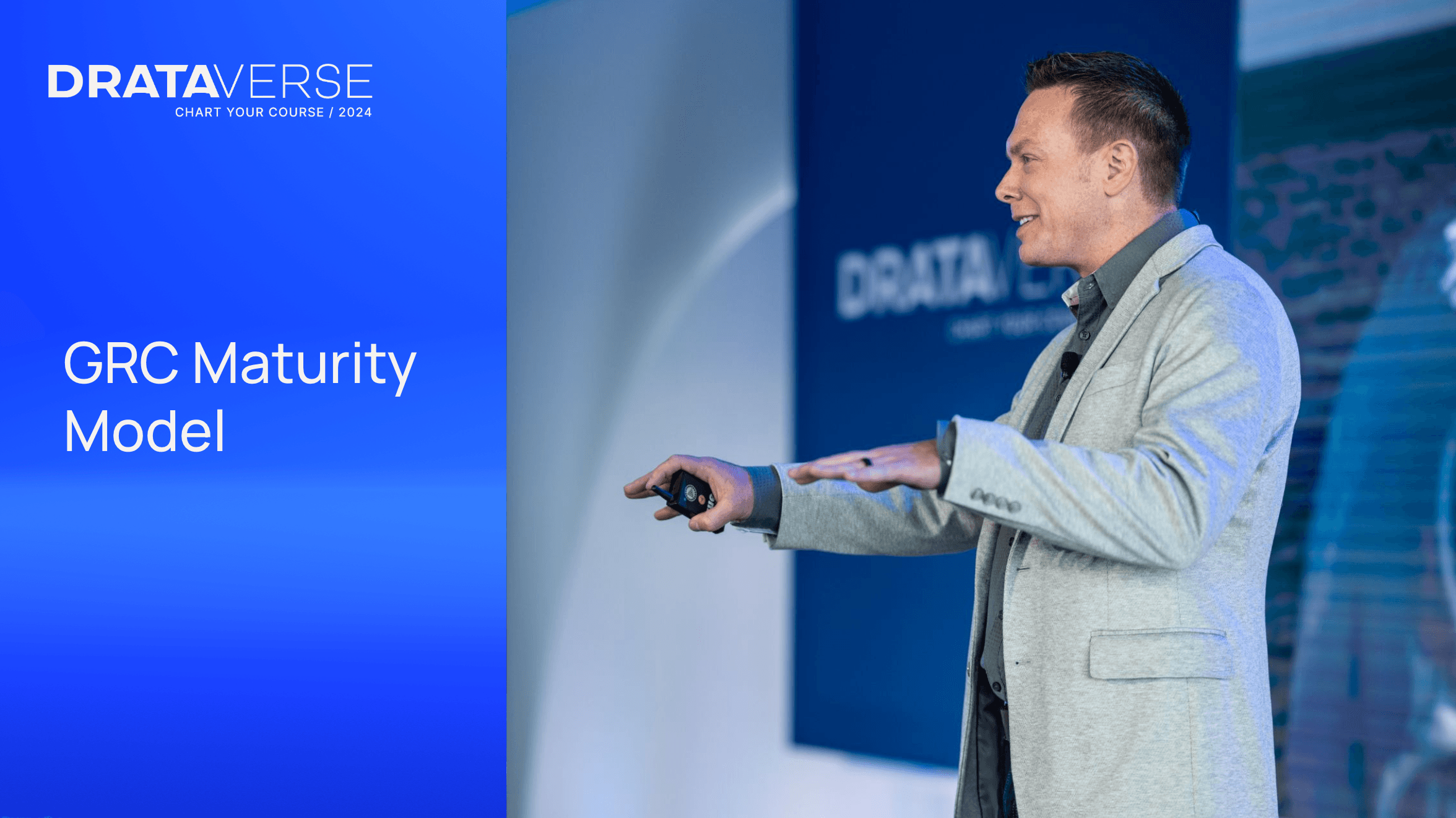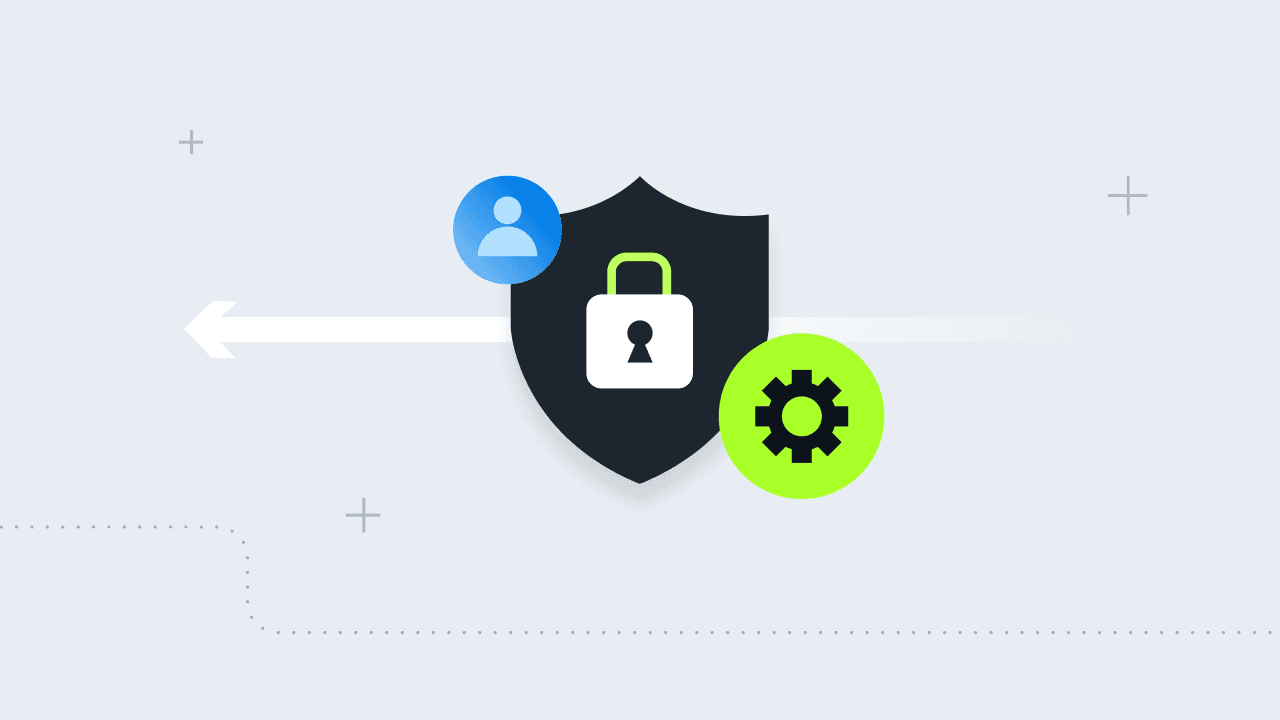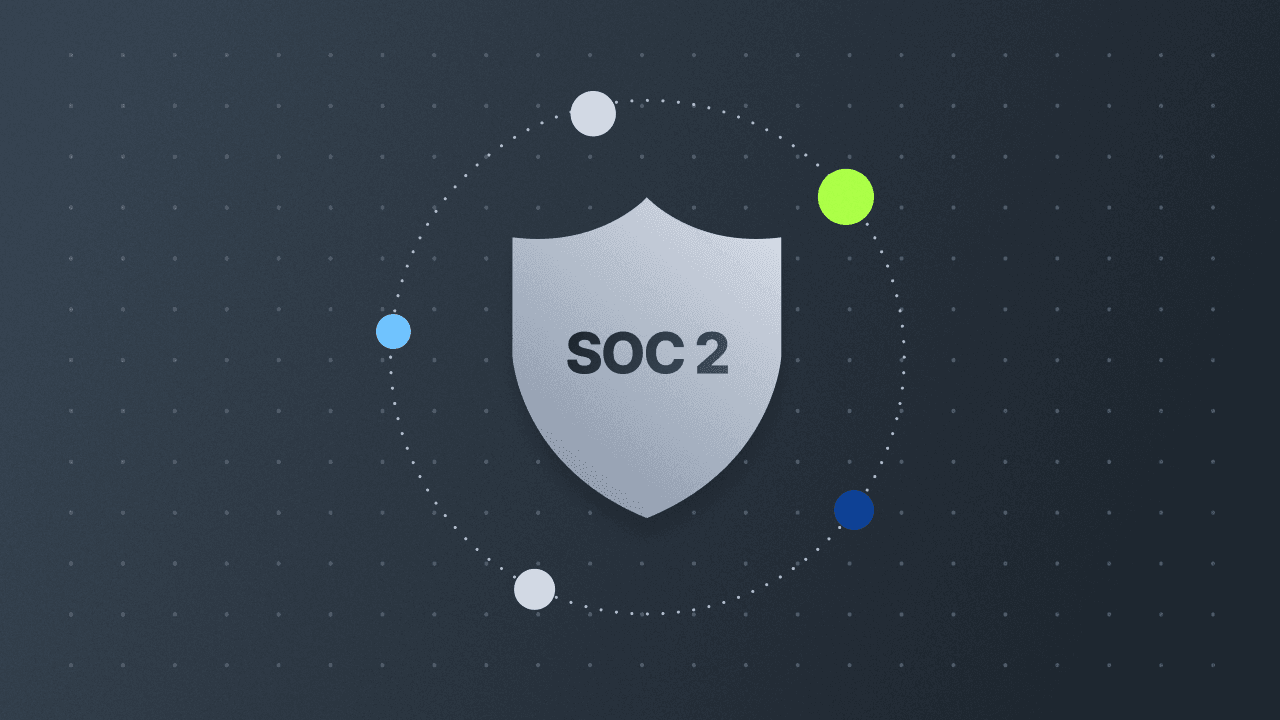Charting Your Course to Compliance Excellence: Navigating the Drata GRC Maturity Model
At Drataverse ‘24, we unveiled Drata’s GRC Maturity Model to 600 GRC, IT, and cybersecurity community members in an effort to simplify and contextualize where their organizations are on their compliance journey.
At Drataverse ‘24, we unveiled Drata’s GRC Maturity Model to 600 GRC, IT, and cybersecurity community members in an effort to simplify and contextualize where their organizations are on their compliance journey.
That’s because even after more than two decades of advancements in GRC, every organization charts its course differently. Where one may assume a larger company should have all the answers and a smaller company may not have resources, that is simply not the reality.
In a recent study, we found that smaller companies are more nimble and efficient when adopting continuous GRC, whereas large companies have more overhead and more complex processes to navigate when adapting to new regulatory changes.
The Drata GRC Maturity Model is a simplified framework designed to help businesses assess their current GRC status, identify growth opportunities, and set a clear course toward achieving optimal compliance.
Setting the Stage
The journey towards GRC maturity isn’t a one-size-fits-all process. Each organization navigates its unique path, influenced by its size, resources, and industry demands. During our latest research, we looked broadly at GRC across various organizations to develop a simplified yet effective model.
The model categorizes the GRC journey into four distinct stages: Start, Establish, Manage, and Optimize. Each stage represents a different level of maturity, providing a roadmap for continuous improvement.
Start
At the starting point, organizations are building the foundations for a systematic approach to compliance. This involves managing initial frameworks, creating baseline policies, and working towards the first audit.
The mindset shifts from reactive to proactive, focusing on establishing the essential processes needed to support future growth.
Establish
In this stage, organizations move from isolated compliance projects to building structured processes for risk management. Here, companies start automating some processes, creating repeatable methods, and laying down a robust framework for ongoing compliance activities.
The goal is to move from unblocking deals to unlocking new markets.
Manage
Once the foundations are set, organizations begin to scale their GRC programs.
This stage involves enhancing visibility into compliance postures, refining ownership of duties, and leveraging reporting capabilities to manage risks effectively. The focus shifts towards aligning the GRC strategy with the broader corporate objectives, ensuring the program’s scalability.
Optimize
At the peak of the maturity model, organizations achieve a state of optimized and customized GRC programs. These programs are automated, repeatable, and produce predictable positive results.
Companies at this stage are ready to handle any compliance challenge thrown their way, with GRC fully integrated into the business strategy.
Reality Check: Perception vs. Reality
Similar to our findings in the Compliance Trends and Risk Trends reports, we identified a significant delta between a GRC team’s current perception of maturity vs. the elements, priorities, and outcomes that all combine into ranking factors for GRC maturity.
While 64% of respondents believed they had reached or exceeded the optimized stage, the reality painted a different picture. Many of these organizations reported gaps in their programs, a lack of proper tools, and a struggle with business interruptions.
Only 26% felt confident in their compliance posture, and only 2% had seen no negative repercussions from their GRC efforts.
Rather than perception today, which includes team size, budget, and processes, these are the key elements that are associated with mature GRC programs:
Repeatability Matters: Establishing repeatable processes is crucial for GRC maturity. Organizations that embed structure and repeatability into their compliance programs are better equipped to manage risks and scale their efforts.
Process Debt as a Blocker: Large organizations often face process debt, limiting their ability to optimize due to manual processes. In contrast, smaller companies—though resource-constrained—manage more audits efficiently.
Scaling Efficiently: As organizations grow, it's essential to scale efficiently by automating processes, gaining visibility into compliance, and ensuring clear ownership of responsibilities.
Navigating the complex waters of GRC requires a structured approach and a clear roadmap. The Drata GRC Maturity Model offers a simplified yet comprehensive framework to help organizations assess their current state, identify growth opportunities, and set a course toward a mature and optimized GRC program.
By understanding where you stand and where you need to go, you can steer your organization toward compliance excellence, ensuring long-term success and resilience. With this model, organizations can improve their GRC processes and gain a competitive edge, while staying well-prepared for future challenges.
Charting Your Course With Drata
At Drata, we are committed to partnering with you on your GRC journey. Our experience with over 4500 customers has allowed us to develop a maturity model that assesses your current state and provides a clear pathway to achieving your compliance goals.
Whether you're just starting or aiming to optimize your program, Drata is here to support you every step of the way.





